Think of making a stronger metal alloy as a bit like making sugar water.
Heat water on the stove (because warmer water allows for more dissolved sugar). Add sugar. Stir until it dissolves. At some point, the water can no longer take more sugar and the sweetener stops dissolving. Precipitation strengthening mixes two different metals instead of sugar and water.
This process has three steps. Heat the metal alloy, which in this case is aluminum-zirconium, at high temperature—not enough that the metals become liquid, but enough to ensure a homogeneous solution. Quench the alloy in water to generate a supersaturated solution. Heat the quenched alloy in the furnace at a temperature lower than that used to create the original solution to force the zirconium to migrate into the precipitate.

Materials Science doctoral candidate Deji Fadayomi, and professors Paul Sanders and Gregory Odegard, are working on these precipitation-strengthening mechanisms in aluminum-based alloys. This atomic-resolution image and elemental maps of precipitates were obtained in aberration-corrected scanning transmission electron microscope (AC-STEM) at Michigan Tech’s Applied Chemical and Morphological Analysis Laboratory (ACMAL) to better understand alloy behavior at an atomic level.
Michigan Technological University is an R1 public research university founded in 1885 in Houghton, and is home to nearly 7,500 students from more than 60 countries around the world. Consistently ranked among the best universities in the country for return on investment, Michigan's flagship technological university offers more than 185 undergraduate and graduate degree programs in science and technology, engineering, computing, forestry, business, health professions, humanities, mathematics, social sciences, and the arts. The rural campus is situated just miles from Lake Superior in Michigan's Upper Peninsula, offering year-round opportunities for outdoor adventure.
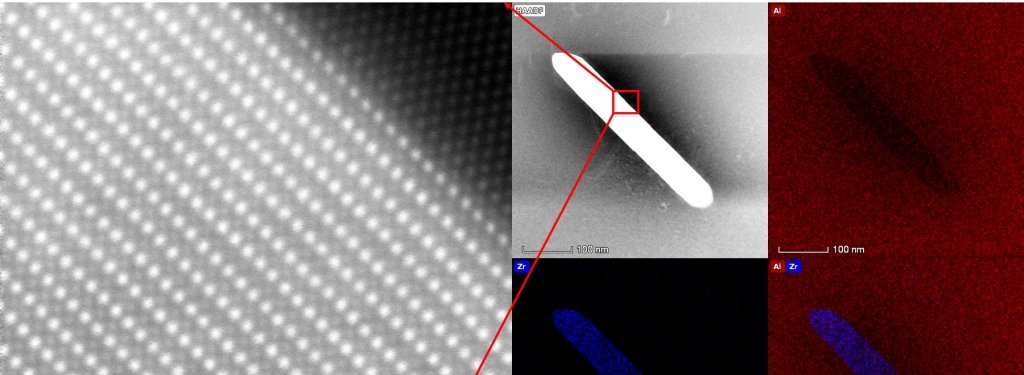

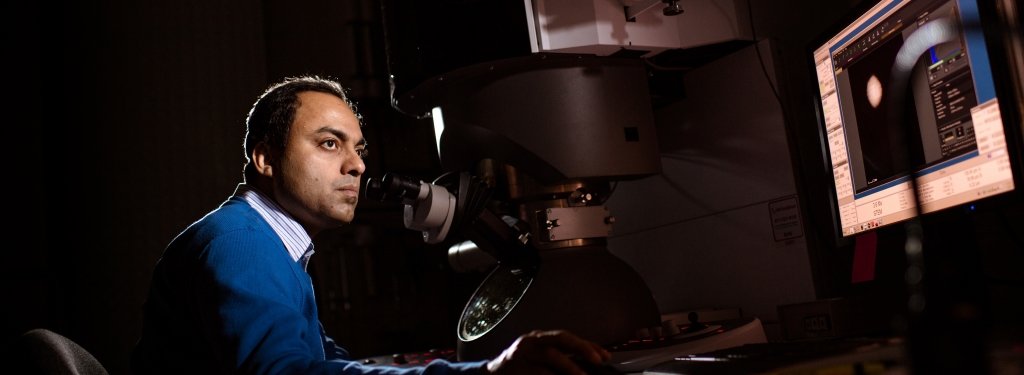
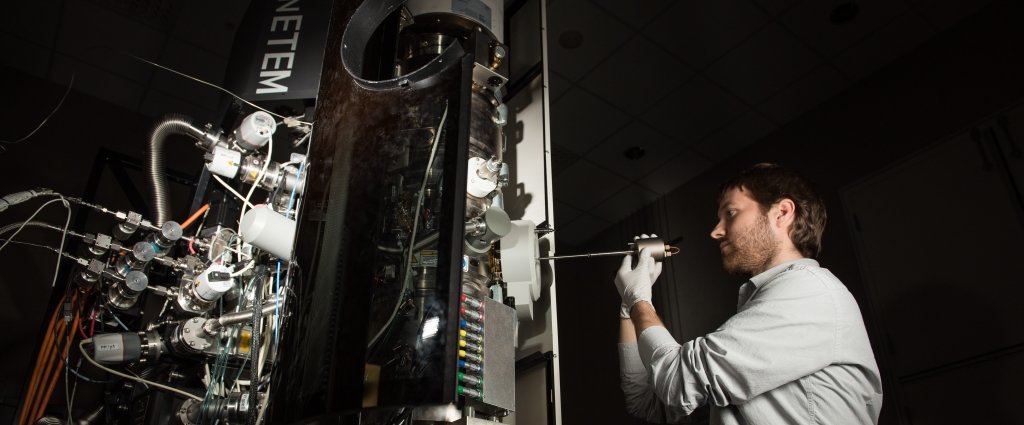
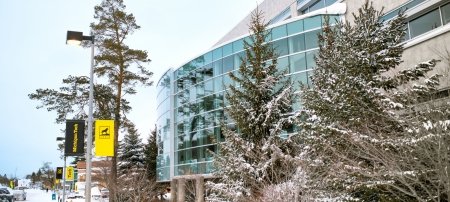
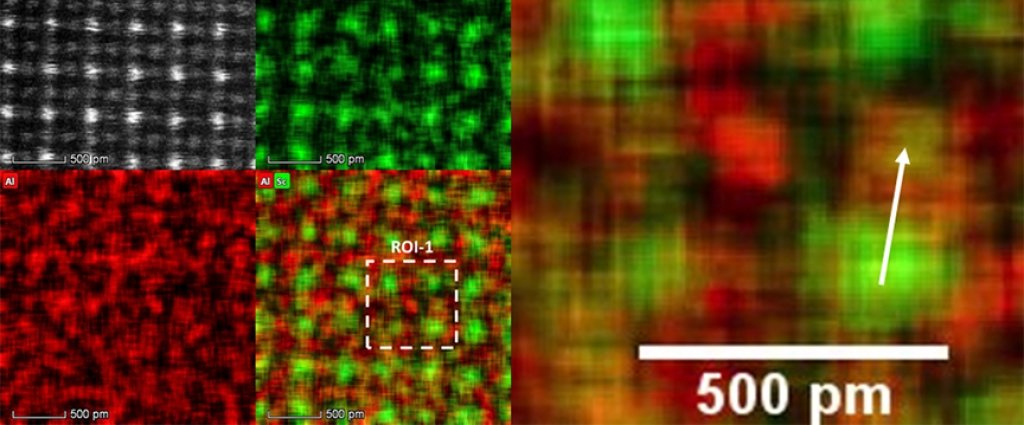
Comments